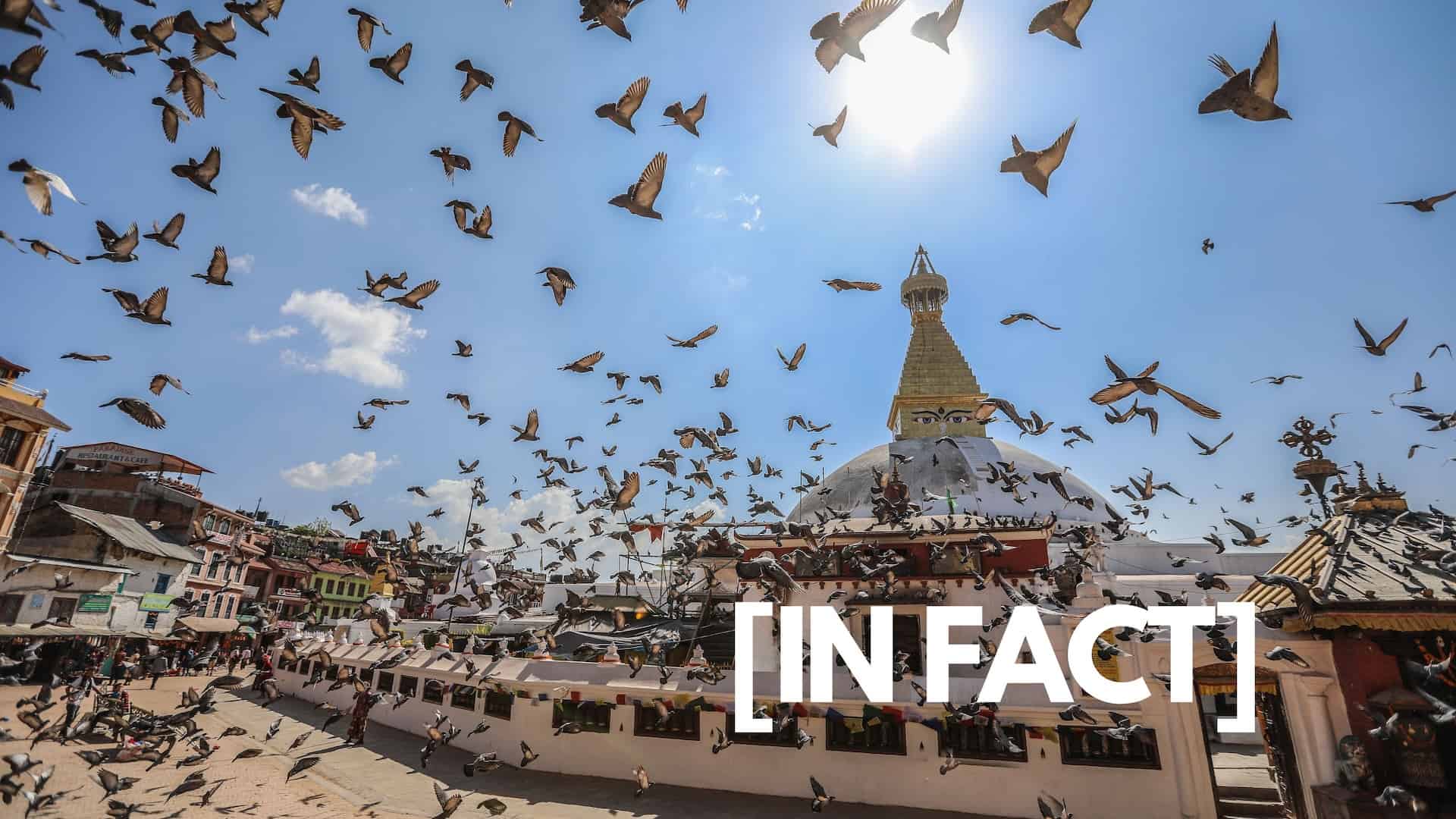
Facts about Boudhanath Stupa: A Journey Through History and Spirituality
Nestled in the heart of Kathmandu, the Boudhanath Stupa stands as a beacon of spirituality and a testament to the resilience of Buddhist culture. As one of the most significant and majestic Buddhist monuments in the world, this sacred site captivates visitors with its profound history and serene presence. Join us as we unravel the facts about Boudhanath Stupa, exploring the layers of mystique surrounding this awe-inspiring structure.
The History of Boudhanath Stupa
The origins of Boudhanath Stupa are shrouded in mystery and legend. According to one popular tale, an old poultry woman built the stupa after seeking permission from the king to construct a religious site. Her wish was granted, with the condition that it had to fit within a single buffalo skin. Ingeniously, she cut the skin into thin strips and laid them end to end, outlining the vast area where the stupa now stands.
Over the centuries, Boudhanath has witnessed numerous historical events and has undergone several renovations. It has stood as a silent witness to the rise and fall of empires, yet its essence remains unchanged. The 2015 earthquake severely damaged the stupa. Yet, it has since been beautifully restored, symbolizing the resilience of Nepal’s cultural heritage.
Today, Boudhanath continues to be a focal point for Tibetan Buddhism, drawing thousands of pilgrims and visitors each year. Its history is not just a chronicle of bricks and mortar but a testament to the enduring spirit of human faith and devotion.
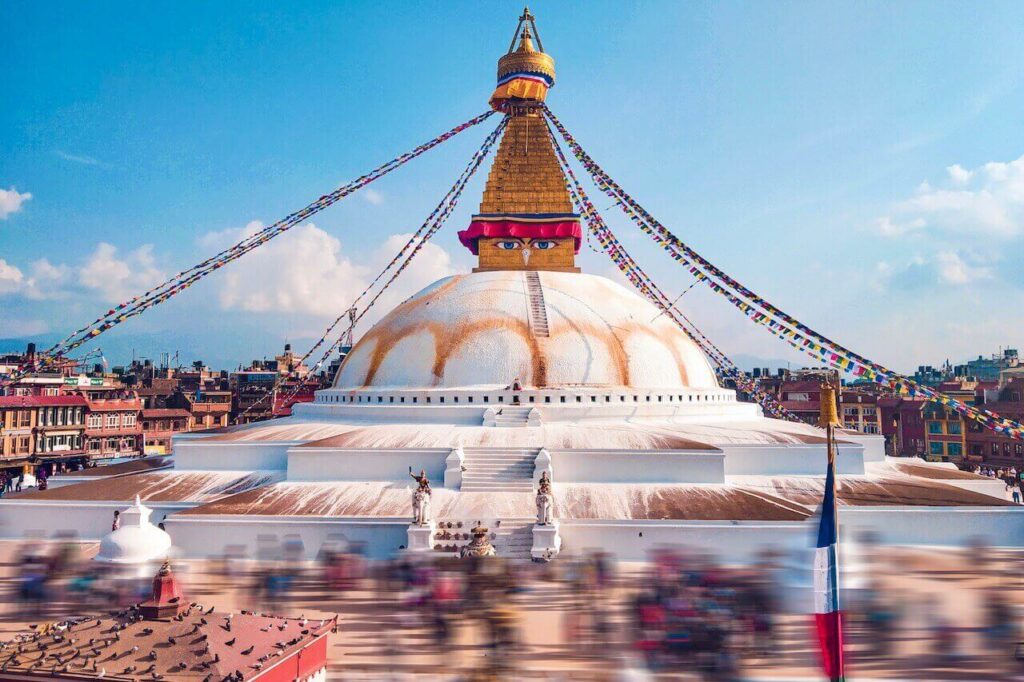
Architectural Marvel of Boudhanath Stupa
The Boudhanath Stupa is not only a symbol of faith but also a masterpiece of Buddhist architecture. Its massive mandala design is a wonder to behold, representing the Buddhist cosmos. The stupa’s three-tiered platform at the base symbolizes the earth, supporting the dome that signifies the water element. Above this rises the conical spire, embodying the fire element, which leads to the pinnacle representing air. The ethereal umbrella at the top symbolizes the void.
Each architectural element of Boudhanath Stupa carries deep symbolic meaning. The thirteen tiers of the spire represent the stages of enlightenment. The all-seeing eyes painted on the four sides of the spire gaze out in the cardinal directions, symbolizing the omniscience of the Buddha.
The stupa’s exterior is adorned with colorful prayer flags that flutter in the wind. They carry mantras and prayers to the heavens. Pilgrims circumambulate the stupa, spinning the many prayer wheels embedded in its base. Each turn of prayer wheels sends out blessings and spreads positive energy.
Cultural and Spiritual Significance of Bouddha Stupa
The Boudhanath Stupa is much more than an architectural wonder. Indeed, it is a vibrant hub of cultural and spiritual activity. As one of the most sacred sites in Tibetan Buddhism, the stupa is a place where the divine and the earthly realms intertwine. Thus, pilgrims from all over the world come here to walk in the footsteps of the Buddha, seeking blessings and spiritual awakening.
The stupa’s atmosphere is charged with devotion. Monks in maroon robes and laypeople alike perform kora. It’s the act of circumambulating the stupa while reciting mantras and spinning prayer wheels. People believe that this ritual brings merit to the participants and peace to the world.

Boudhanath is also a center for major Buddhist festivals. For instance, Losar, the Tibetan New Year, and Saga Dawa, which marks the birth, enlightenment, and death of the Buddha. During these times, the stupa becomes a kaleidoscope of color and energy, with traditional music, dance, and offerings creating a feast for the senses.
The stupa serves as a beacon of hope and unity. It draws together people from diverse backgrounds in a shared quest for peace and enlightenment. It stands as a testament to the power of faith and the human spirit, enduring through the ages as a source of inspiration and solace for all who visit.
Boudhanath Stupa Today: A Living Cultural Heritage
In the bustling streets of Kathmandu, the Boudhanath Stupa stands as a serene oasis. It continues to play a vital role in the daily lives of the local community and visitors alike. The stupa is not just a relic of the past. It is an active center of worship, education, and cultural exchange.
Surrounding the stupa is a thriving neighborhood. It’s home to many Tibetan refugees who have found solace and community near this sacred site. The area is dotted with monasteries and schools where the teachings of Tibetan Buddhism are imparted to new generations. Artisans craft traditional thangkas, prayer beads, and other religious artifacts, keeping ancient skills alive.
The stupa’s presence also boosts local tourism. There are many cafes, shops, and guesthouses catering to the needs of international visitors. Consequently, this influx of tourism provides economic support to the local community, creating a symbiotic relationship between the stupa and its surroundings.
As a living cultural heritage, Boudhanath Stupa remains a focal point for the preservation and celebration of Tibetan culture outside of Tibet. It is a place where tradition and modernity converge, offering a unique experience to all who come to explore its history and spiritual legacy.
10 Interesting Facts about Boudhanath Stupa
- Boudhanath Stupa is one of the largest stupas in the world and a UNESCO World Heritage Site since 1979.
- The stupa’s massive mandala makes it one of the few places in the world where one can experience the structure of the Buddhist cosmos in architectural form.
- Legend has it that the stupa was constructed around the 14th century after the passing of the Buddha.
- The iconic eyes on the stupa represent the all-seeing ability of the Buddha, and the nose symbolizes unity and the path to enlightenment.
- The 13 tiers of the spire ascending from the dome symbolize the stages that a human being must pass through to achieve nirvana.
- Boudhanath Stupa is a major pilgrimage site for Tibetan Buddhists, along with Swayambhunath, another stupa in Kathmandu.
- The stupa survived the devastating earthquake in Nepal in 2015 with minimal damage, despite many other historical sites being destroyed.
- It is believed that simply walking around the stupa brings good fortune and can purify the karma of the pilgrims.
- The stupa is surrounded by numerous monasteries, which reflect the rich Tibetan culture and influence in the area.
- During the full moon, Boudhanath Stupa becomes a hub of activity with special prayers, lighting of butter lamps, and other religious ceremonies.
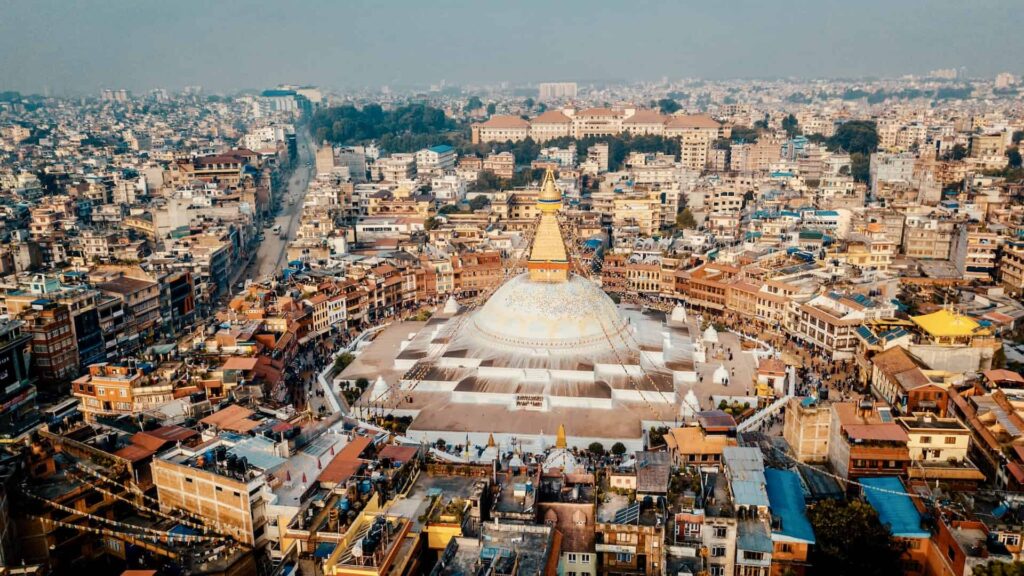
Visiting Boudhanath Stupa: A Traveler’s Guide
A visit to the Boudhanath Stupa is a journey into the heart of Nepalese culture and spirituality. For those planning to experience this magnificent site, here are some tips to ensure a memorable and respectful visit.
- Best Time to Visit: The stupa is open year-round. However, the best time to visit is during the early morning or late afternoon when the site is less crowded, and the light is ideal for photography. Festivals like Losar and Saga Dawa offer a unique glimpse into the cultural celebrations but expect larger crowds during these events.
- What to Expect: Upon arrival, you’ll be greeted by the harmonious sounds of monks chanting, the scent of incense, and the vivid colors of prayer flags. Remember to walk clockwise around the stupa, following the direction of the prayer wheels.
- Dress Code and Conduct: Dress modestly out of respect for the religious nature of the site. Refrain from loud conversations and ensure your actions reflect the serene environment.
- Local Cuisine: Don’t miss the opportunity to try local Tibetan and Nepalese cuisine at nearby eateries. Particularly, Momos (dumplings) and Tibetan tea are must-tries.
- Souvenirs: Support the local economy by purchasing authentic handicrafts. For example, thangkas, prayer wheels, and jewelry, from the shops surrounding the stupa.
- Photography: While photography is allowed, always ask for permission before taking photos of people, especially monks and pilgrims.
By following these guidelines, your visit to Boudhanath Stupa will not only be enriching but also harmonious with the local customs and traditions.
Embark on a Spiritual Journey: Discover Boudhanath Stupa and Kathmandu
Ready to immerse yourself in the wonders of Kathmandu and the serene beauty of Boudhanath Stupa? Don’t miss this opportunity to create unforgettable memories in the heart of Nepal. Expertly guided tours offer an intimate look at this ancient city’s spiritual and cultural heritage. From the stupa’s awe-inspiring presence to Kathmandu’s vibrant streets, each moment is a step deeper into a rich tapestry of history and spirituality.
Book your tour now and join us on a journey that will enlighten, inspire, and leave you with a profound sense of connection to the timeless traditions of Nepal. Whether you’re seeking peace, adventure, or enlightenment, our tours are tailored to provide an experience that transcends the ordinary. Let the journey begin!
Embracing the Spirit of Boudhanath
As our journey through the facts about Boudhanath Stupa comes to a close, we are left with a deeper appreciation for this architectural marvel and its spiritual significance. The stupa is not just a monument of the past. Indeed, it is a living, breathing embodiment of Buddhist teachings and a source of inspiration for countless pilgrims and visitors. Whether you seek enlightenment, cultural enrichment, or simply a moment of tranquility, Boudhanath Stupa offers a timeless sanctuary. We invite you to share your experiences or reflections on this magnificent site, and may your path be illuminated by the wisdom that Boudhanath imparts.
Note:
This post contains affiliate links from which I can earn commissions if you use services or buy products from the blog’s partners. If you love the blog, please use the services or buy the products. In that way, you give me support for the blog’s maintenance and development. I appreciate it a lot and thank you for that!
‘PIN IT’ NOW TO SAVE THESE FACTS ABOUT BOUDHANATH STUPA FOR YOUR NEXT TRIP’S INSPIRATION

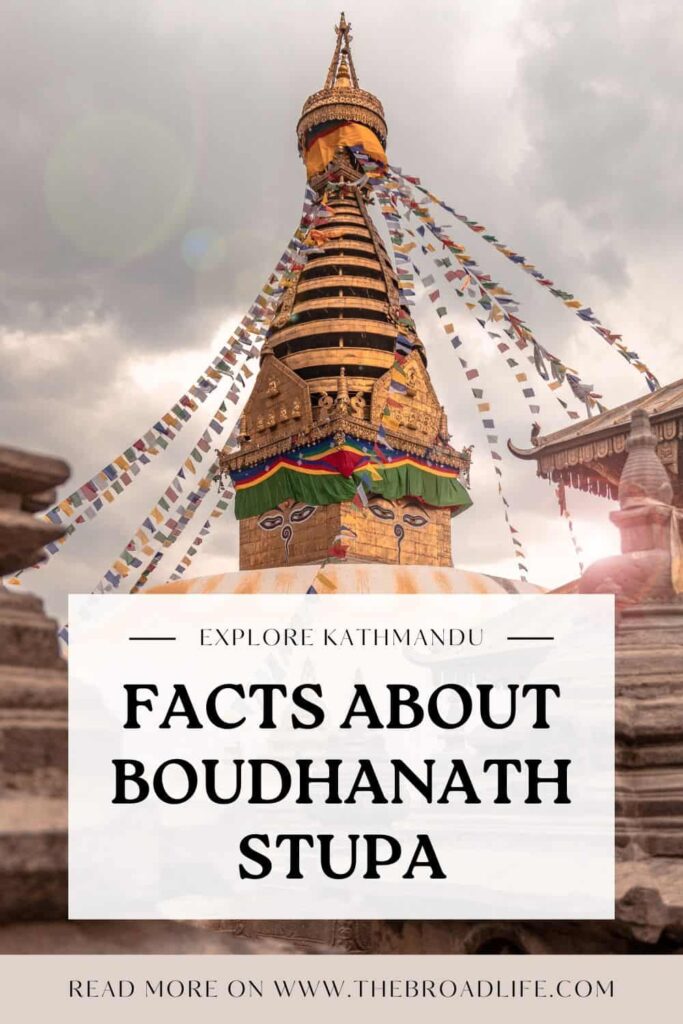
6 Comments
-
Bright Snow Sayram
That’s a great and lovely place to visit. Thanks for sharing
-
Bryte Lovelace
I am impressed about your post and I love the city. I will use then and make a visit
-
Rosey
This is so wonderful. Good tip to visit when its not so crowded. Its nicer to enjoy a place witn less prople muling around.
-
Fransic verso
Very interesting, first time to know about these facts about Boudhanath. the name is new to me as well. Always love to learn something new about things around the world.
-
Ntensibe Edgar
Wow….the stupa is a beauty to behold, even from here! it is my first time hearing of it and i love it already!


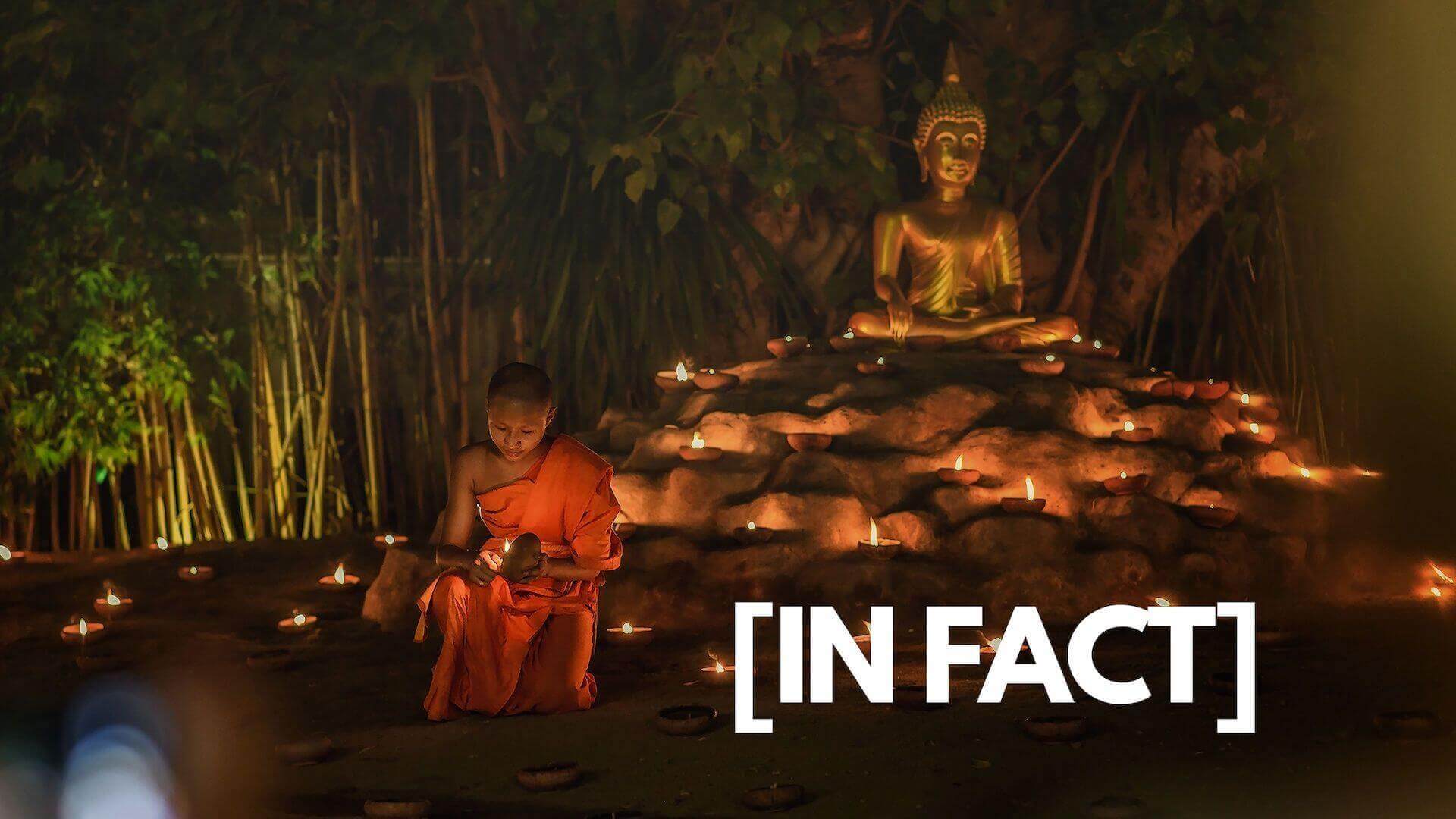
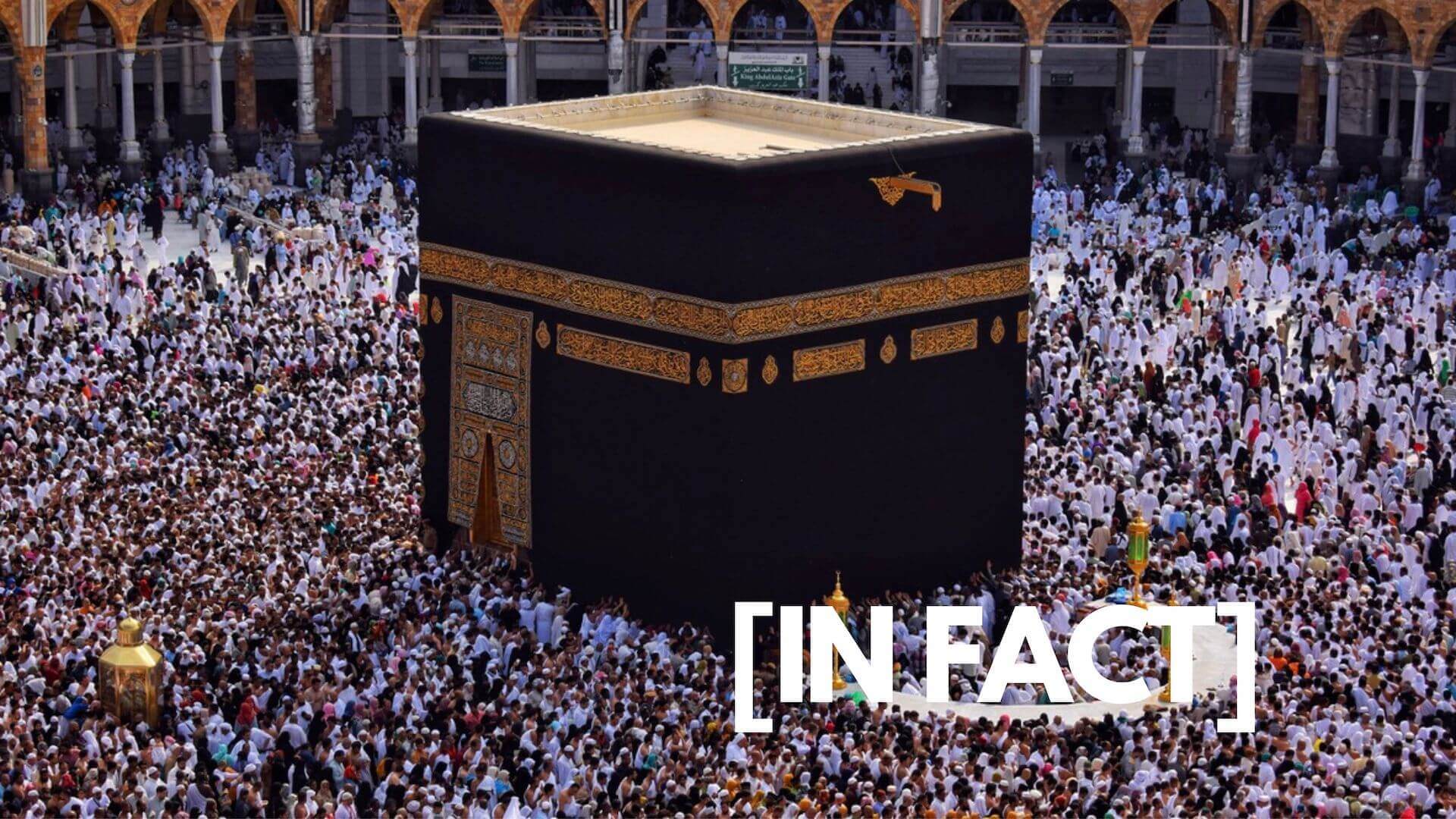
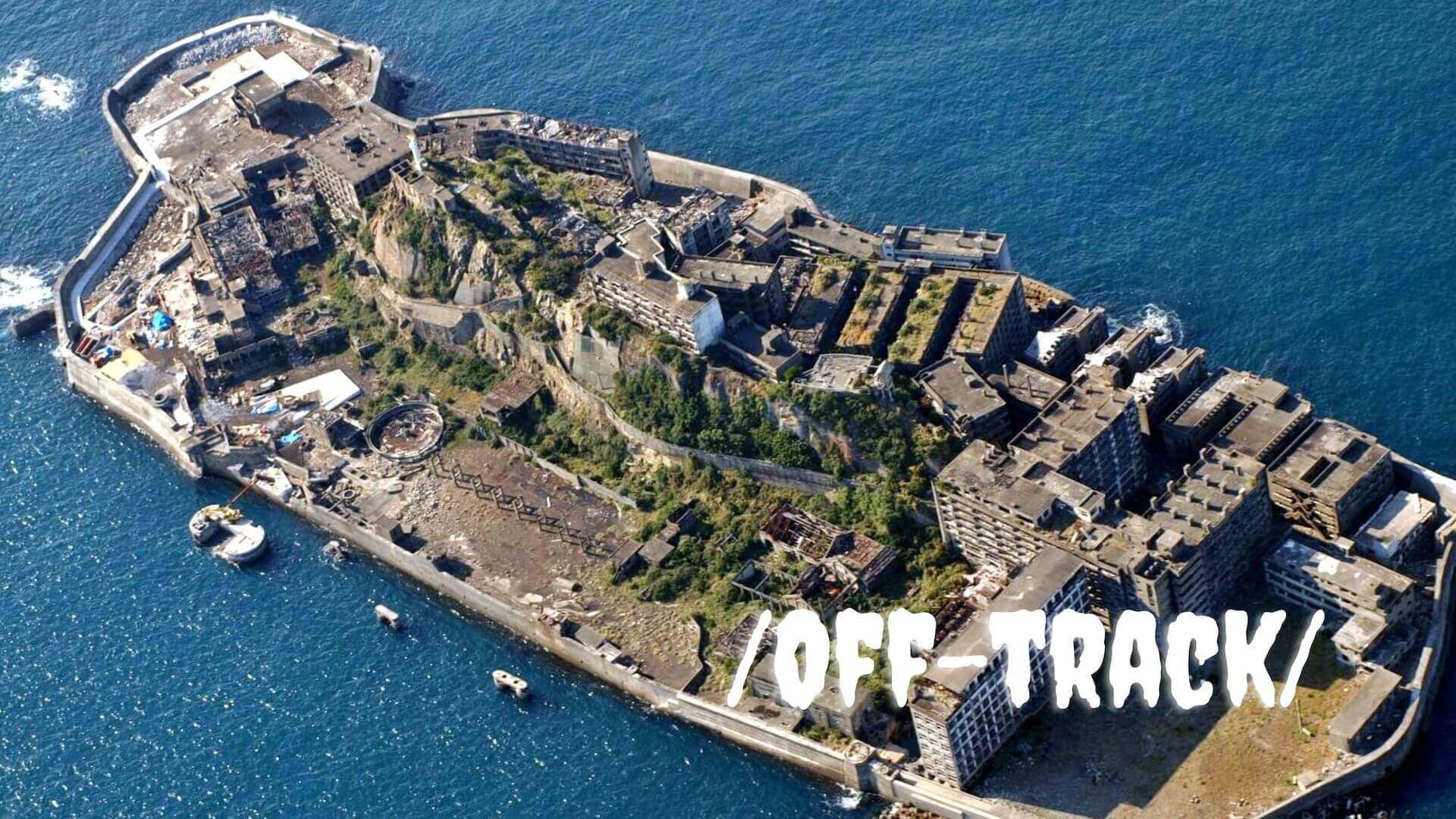
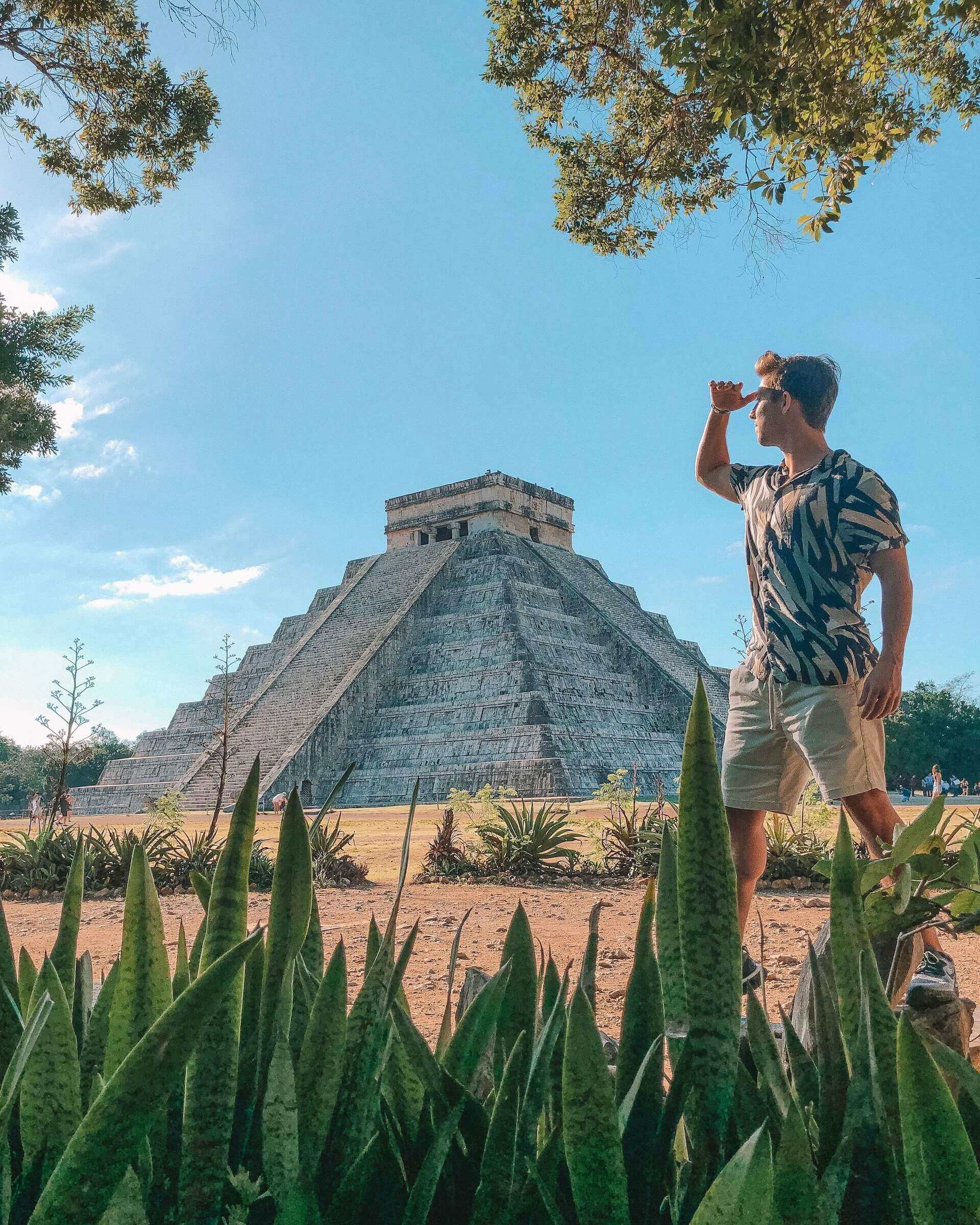
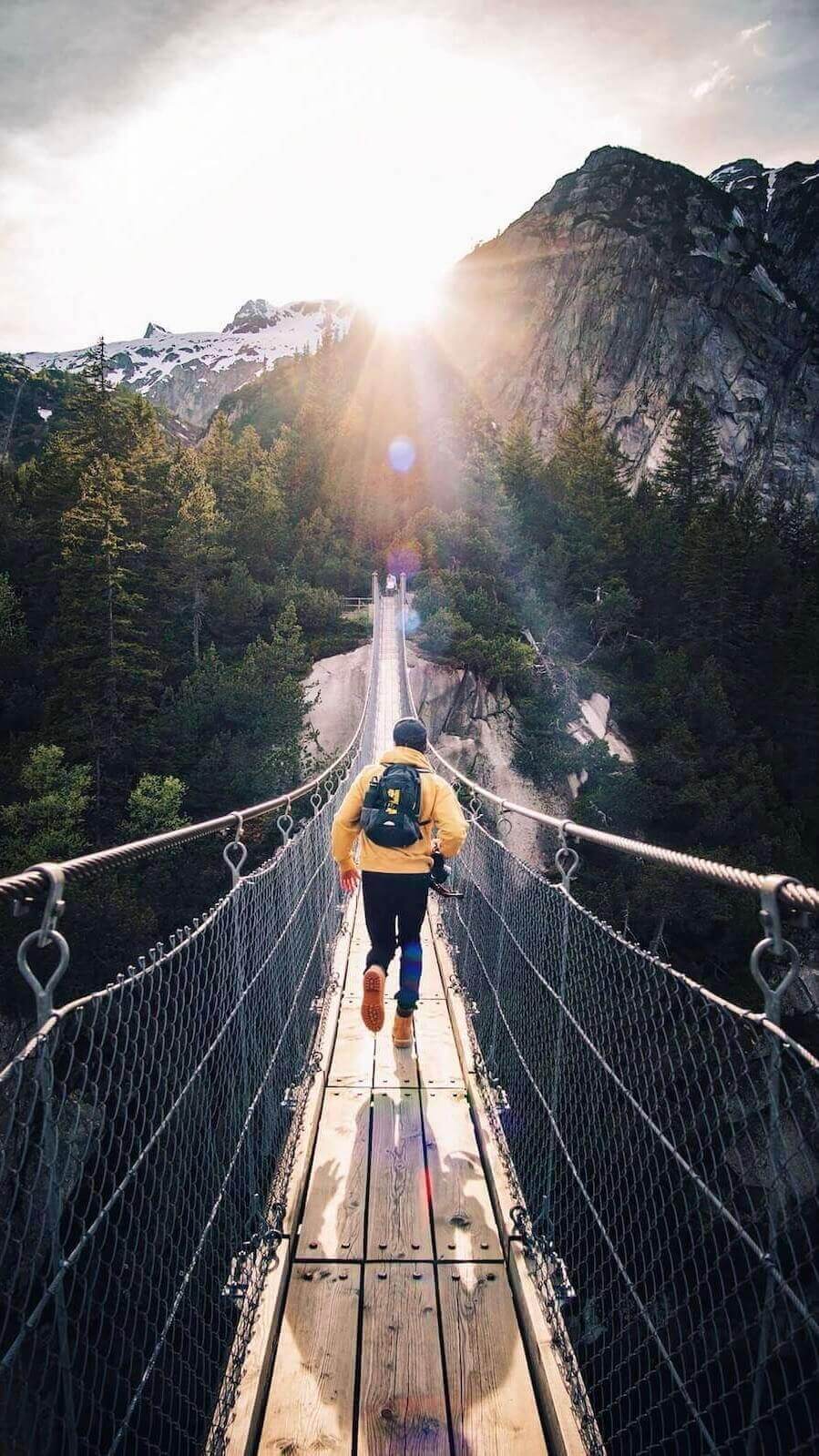
Bruce Schinkel
WOW! Architectural marvel is the perfect way to describe this place. I love your tips and will use them when i plan my next visit!